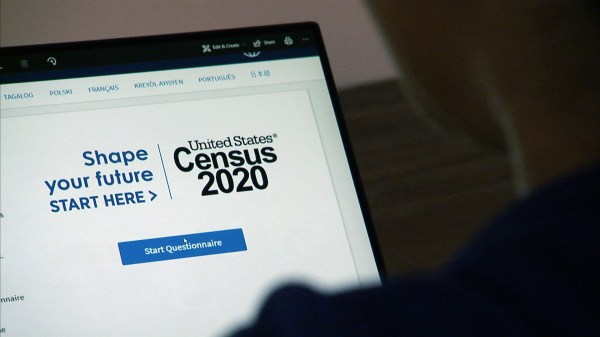Congress clashes with Census’ claim that 2020 systems are ‘reasonably on-schedule’

How is it that the decennial census is a constitutionally mandated, regularly recurring event and yet “the Census Bureau always seems surprised that 10 years have passed”? So mused Rep. Darrell Issa, R-Calif., in his comments during a hearing Thursday.
Only four of the 43 new or improved IT systems the Census Bureau must implement ahead of 2020 — now just 30 months away — have been fully delivered and tested, the hearing revealed. And this begs the question — why is the bureau in this position?
The House Committee on Oversight and Government Reform hearing brought Commerce Secretary Wilbur Ross before the committee, as well as a panel of Government Accountability Office, Commerce and Leadership Conference on Civil and Human Rights experts.
Rep. Issa’s subtly accusatory statement was typical of the questioning, which got heated at times as Congress demanded to know how Census intends to pull this off. The 2020 census is being heralded as the first modern census, as it will be the first allowing Americans to respond via the internet. But this tech update means additional infrastructure and security challenges for the Census Bureau.
In his testimony, GAO’s David Powner told the committee that in addition to the four systems that have been deemed as “tested and delivered,” 21 of the remaining systems have delivered “some functionality” and 18 have not delivered at all.
And time is running tight — not just because 2020 is drawing close but because the Census Bureau is currently conducting what will be its final end-to-end test before the actual census. Powner said the systems that have not yet been delivered must keep to key delivery dates in early 2018 to be included in this field test. But it is not clear that they’ll be done in time.
In his testimony, Secretary Ross vaguely alluded to the systems that have yet to be delivered, but assured the committee that the 39 incomplete projects are “reasonably on-schedule.”
Powner wasn’t so hopeful. “I’m not sure I’d agree with the secretary’s comment this morning that systems are on-schedule,” he said.
Ross said the delays were caused by some combination of “over-optimism” on the part of the Census Bureau and over-promising on the part of contractors. Asked whether Census has any recourse against IT contractors who fail to deliver on time, Ross said options for penalty are limited because the contracts are categorized as time and materials contracts.
Among the primary reasons that the IT systems need to be delivered and tested as soon as possible is the issue of security. Congress and GAO spoke again and again about how Census needs to ensure it can protect gathered personally identifiable information.
Ross attempted to mollify the committee on this point. “The systems we’re putting in place are far more robust than anything that’s been done before in Census,” he said. But then he had to admit that the systems have not been tested yet, because, well, they don’t (fully) exist. To no one’s surprise, committee members weren’t impressed.
It’s also a money issue, GAO’s Powner warned. Census can still deliver and secure the necessary IT systems, but they’ll pay a premium for doing it at the last minute. GAO released a report Thursday that states the oversight body expects Census’ IT costs to increase by at least $1.4 billion over the agency’s last estimate.
TO that end, Ross has already asked Congress for an additional $187 million for the Census Bureau’s 2018 budget.





